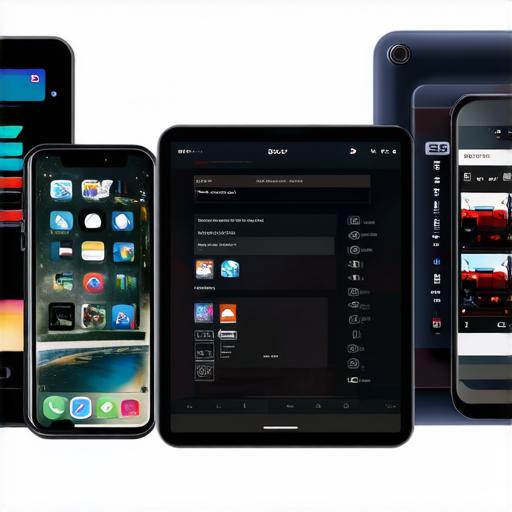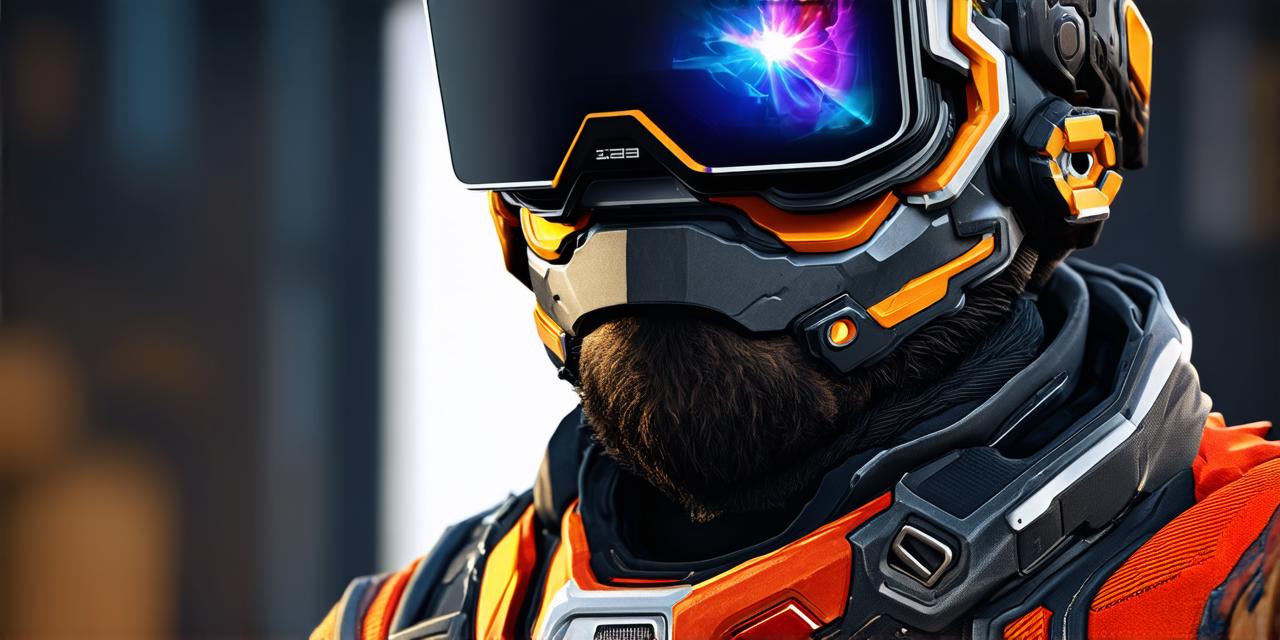1. Setting up the Development Environment
The first step in any project is setting up the development environment. To develop Unreal Engine projects on iOS, you’ll need to install the following software:
- Unreal Engine: This is the game engine that you’ll use to create your project. You can download it from the official Unreal Engine website.
- Xcode: This is the integrated development environment (IDE) for iOS development. You can download it from the App Store.
- iOS Simulator: This is a virtual device that allows you to test your app on an emulator. You can download it from the App Store.
Once you’ve installed these tools, you’ll need to set up your project in Unreal Engine. To do this, follow these steps:
- Open Unreal Engine and create a new project.
- Select “iOS” as the platform.
- Choose the appropriate template for your project (e.g., 2D, 3D, AR).
- Set up your project settings, including the resolution and aspect ratio of your app.
- Import any assets you’ll need for your project (e.g., textures, models).
1. Creating Engaging and Interactive Experiences
Now that you have your development environment set up, it’s time to start creating your app! To create engaging and interactive experiences on iOS platforms, you can use a variety of techniques, including:
- Touch Input: Unreal Engine supports touch input on iOS devices, allowing you to create interactive experiences that respond to user inputs (e.g., taps, swipes).
- Gestures: You can also use gestures in your app to create more complex interactions (e.g., pinches, zooming).
- Accelerometers: Unreal Engine supports accelerometer data on iOS devices, allowing you to create experiences that respond to movement (e.g., tilting the device to steer a car).
- ARKit/ARCore: If you’re looking to create augmented reality experiences, Unreal Engine supports both ARKit and ARCore, which allow you to overlay 3D models onto the real world.
- Plugins: There are also many plugins available for Unreal Engine that can help you create engaging and interactive experiences on iOS platforms (e.g., physics engines, animation tools).
1. Optimizing Your App for Performance

One of the most important considerations when developing Unreal Engine projects on iOS is optimizing your app for performance. To do this, you should:
- Use low-poly models and textures to reduce the load on the device’s GPU.
- Minimize the number of draw calls by using instancing and batching techniques.
- Optimize your code for performance by using efficient algorithms and avoiding unnecessary calculations.
- Test your app on a variety of devices to ensure that it runs smoothly on all platforms.
- Use profiling tools to identify and fix performance bottlenecks in your code.
Case Study 1: Creating a 2D Platformer on iOS
To illustrate the key considerations and techniques for developing Unreal Engine projects on iOS platforms, let’s take a look at some case studies and personal experiences:
Case Study 1: Creating a 2D Platformer on iOS
In this case study, we’ll look at how to create a simple 2D platformer on iOS using Unreal Engine. To do this, we’ll use the following techniques:
- Touch Input: We’ll use touch input to allow the player to move their character and jump.
- Gestures: We’ll use pinches and zooming to control the camera.
- Physics Engines: We’ll use a physics engine to simulate gravity and collisions in our game.
To optimize our app for performance, we’ll:
- Use low-poly models and textures.
- Minimize the number of draw calls by using instancing and batching techniques.
- Optimize our code for performance by avoiding unnecessary calculations.
Personal Experience: As a Unreal Engine developer, I’ve found that developing 2D games on iOS is a great way to learn the ins and outs of the platform. By focusing on simple mechanics and using touch input and gestures, you can create engaging experiences with minimal coding. However, it’s important to be mindful of performance optimizations, as even small improvements can have a big impact on the user experience.
Case Study 2: Creating an Augmented Reality Experience
In this case study, we’ll look at how to create an augmented reality experience on iOS using Unreal Engine. To do this, we’ll use the following techniques:
- ARKit/ARCore: We’ll use ARKit/ARCore to overlay 3D models onto the real world.
- Gestures: We’ll use pinches and zooming to control the camera.
- Physics Engines: We’ll use a physics engine to simulate gravity and collisions in our game.
To optimize our app for performance, we’ll:
- Use low-poly models and textures.
- Minimize the number of draw calls by using instancing and batching techniques.
- Optimize our code for performance by avoiding unnecessary calculations.
Personal Experience: As an AR developer, I find that creating augmented reality experiences on iOS is one of the most exciting and challenging types of projects. By using Unreal Engine’s built-in support for ARKit/ARCore, you can create immersive and interactive experiences that feel like they’re part of the real world. However, it’s important to keep in mind that AR experiences require a lot of processing power, so optimizing your app for performance is crucial.
1. Summary
In conclusion, developing Unreal Engine projects on iOS platforms requires careful consideration of key factors such as setting up the development environment, creating engaging and interactive experiences, optimizing for performance, and using case studies and personal experiences to illustrate best practices. By following these guidelines and experimenting with different techniques, you can create amazing apps that showcase the power and versatility of Unreal Engine on iOS devices.



